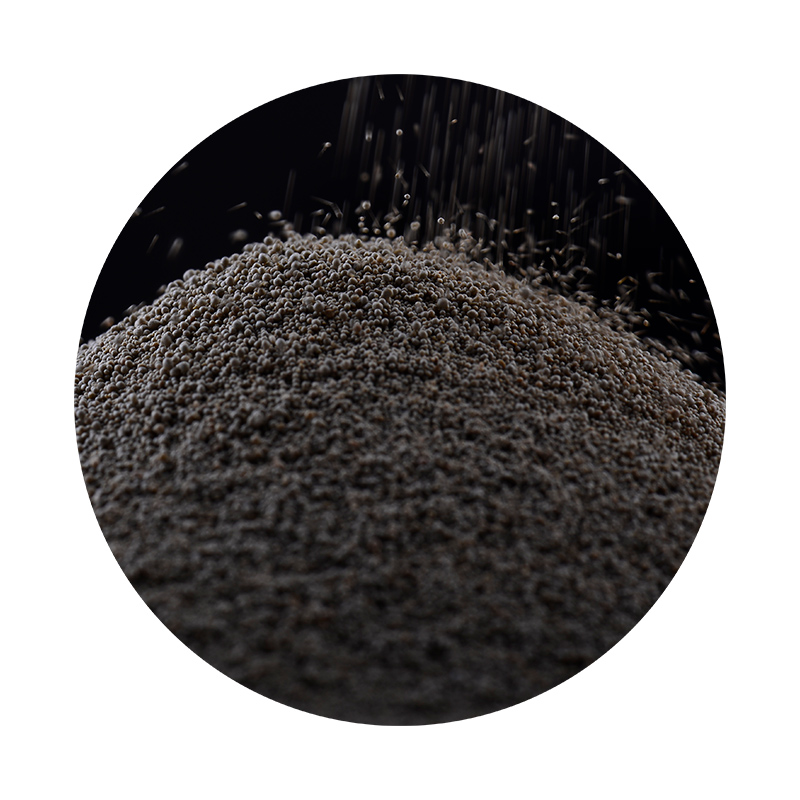Lost-foam casting is an innovative and efficient manufacturing process used primarily for the production of complex metal castings. This method stands out for its ability to deliver intricate designs and high dimensional accuracy while minimizing waste. The process begins with the creation of a foam pattern, typically made from polystyrene, which serves as a model for the final metal part.
The first step in lost-foam casting involves designing the foam pattern to closely match the desired specifications of the final product. Once the pattern is complete, it is coated with a thin layer of refractory material. This coating not only provides a barrier but also reinforces the foam, allowing it to withstand the molten metal's pressure during casting. After the coating has dried, the foam pattern is then placed in a sand mold. The sand used in this process is typically a mixture of fine sand and bonding agents, which helps the mold retain its shape.
One of the crucial aspects of lost-foam casting is the lost part of the process
. When molten metal is introduced into the mold, it vaporizes the foam pattern, allowing the liquid metal to flow into the cavity left behind. This vaporization occurs almost instantaneously, creating an efficient and clean process that does not require the removal of a physical pattern. The result is a casting that is highly accurate and detailed, often requiring little to no machining after the casting process is complete.lost-foam casting

Lost-foam casting is particularly favored in industries where precision is paramount, such as aerospace, automotive, and marine applications. The ability to produce complex shapes that would be difficult or impossible to create with traditional casting methods is a significant advantage. Additionally, the process can reduce tooling costs and lead times, making it an economically attractive option for manufacturers.
Another benefit of lost-foam casting is its compatibility with various alloys, including aluminum, iron, and steel. This versatility allows companies to choose the material best suited for their specific applications. As industries continue to seek methods to improve efficiency and reduce environmental impact, lost-foam casting has emerged as a compelling option for producing high-quality components while minimizing waste.
In conclusion, lost-foam casting is a revolutionary technique that combines precision, efficiency, and versatility. Its ability to produce complex and intricate designs while reducing waste positions it as a valuable method for modern manufacturing processes. With ongoing advancements in materials and technology, the future looks promising for lost-foam casting and its applications across various industries.
Post time:ਅਕਤੂਃ . 22, 2024 09:14
Next:Current Trends in Casting Sand Prices and Market Analysis
